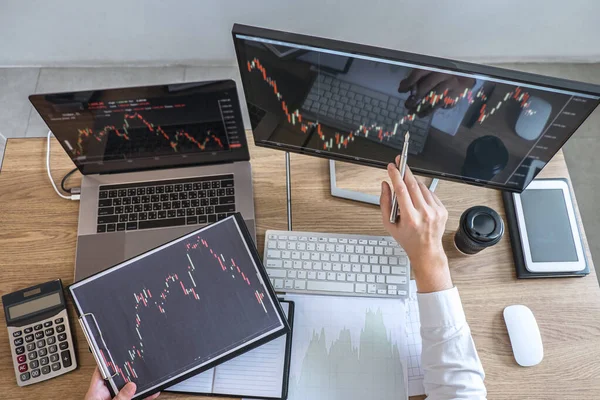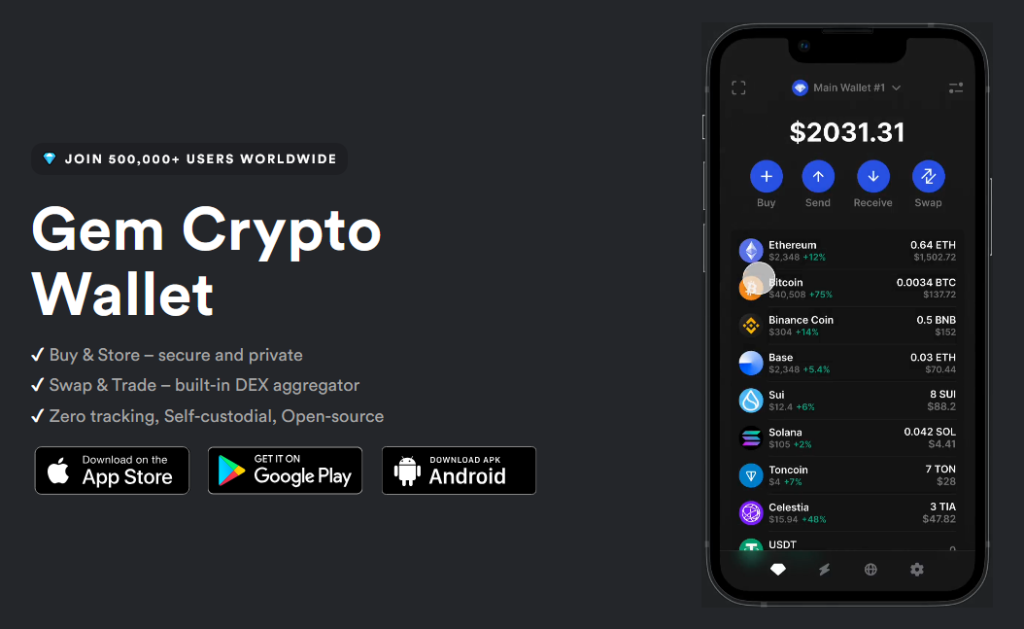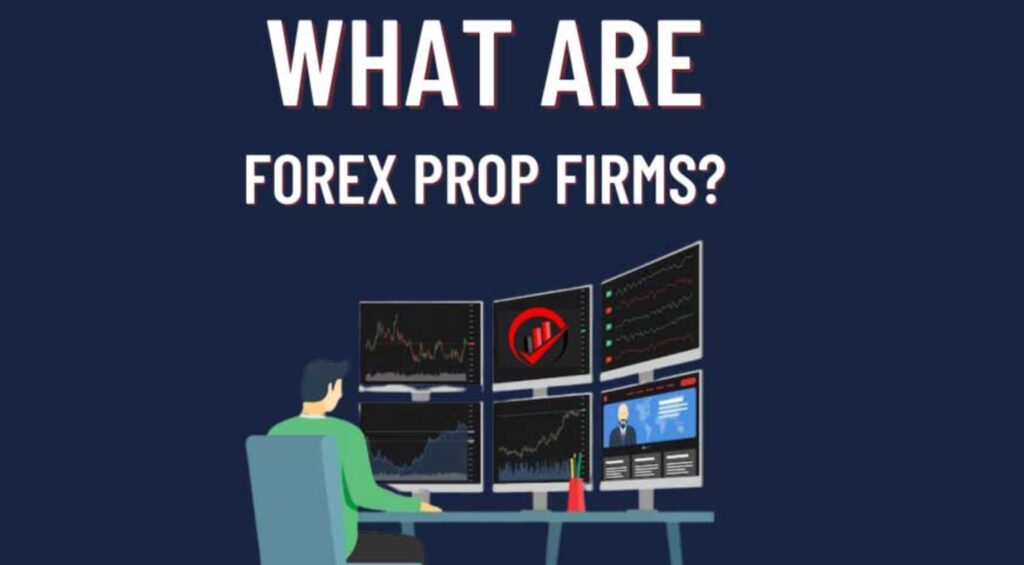Forex trading, also known as foreign exchange trading, is the buying and selling of currencies on the foreign exchange market. It is a popular way for investors to potentially make profits by speculating on the value of different currencies. Setting up a forex trading account is the first step to getting started in this exciting and dynamic market.
Understanding Forex Trading

Before setting up a forex trading account, it is important to have a basic understanding of how the forex market works. Unlike the stock market, forex trading involves trading currencies in pairs, such as the Euro/US Dollar (EUR/USD) or the Japanese Yen/British Pound (JPY/GBP). Traders aim to profit from fluctuations in exchange rates by buying a currency at a low price and selling it at a higher price.
Choosing a Forex Broker

The next step in setting up a forex trading account is choosing a reputable forex broker. A forex broker is a company that provides access to the forex market and facilitates trading on behalf of individual traders. It is important to choose a broker that is regulated by a reputable financial authority and offers competitive spreads, reliable customer support, and a user-friendly trading platform.
Opening Your Trading Account

Once you have selected a forex broker, the next step is to open a trading account. This typically involves filling out an online application form with your personal information and agreeing to the broker’s terms and conditions. Some brokers may require a minimum deposit to open an account, so be sure to check the requirements before proceeding.
Verifying Your Identity

In order to comply with anti-money laundering regulations, most forex brokers will require you to verify your identity before you can start trading. This usually involves submitting a copy of your government-issued ID, such as a passport or driver’s license, and a proof of address, such as a utility bill or bank statement. Once your identity has been verified, you will be able to fund your trading account and start trading.
Funding Your Account

After your identity has been verified, the next step is to fund your trading account. This can usually be done through a variety of payment methods, such as bank transfer, credit/debit card, or e-wallet. Be sure to check the deposit and withdrawal fees, as well as the processing times, before choosing a payment method. Once your account has been funded, you are ready to start trading on the forex market.
Setting Up Your Trading Platform

The final step in setting up a forex trading account is to download and install a trading platform provided by your broker. Most brokers offer popular platforms such as MetaTrader 4 or 5, which allow you to place trades, analyze market trends, and manage your account. Once you have set up your trading platform, you can start executing trades and hopefully start making profits in the exciting world of forex trading.
Comparison Table:
| Broker | Regulation | Spreads | Customer Support | Trading Platform |
|---|---|---|---|---|
| Broker A | Regulated by ASIC | Competitive | 24/7 Live Chat | MetaTrader 4 |
| Broker B | Regulated by FCA | Tight | Email Support | MetaTrader 5 |
| Broker C | Regulated by CySEC | Variable | Phone Support | WebTrader |







You need to fund your account after it’s verified. You can use bank transfer or cards.
Installing a trading platform like MetaTrader is the last step. It’s used for placing trades.
To start trading, you must verify your identity with your ID and proof of address.
Forex trading is about buying and selling currencies. It’s a good way to make money if you understand it well.
Broker C has variable spreads and is regulated by CySEC. They offer the WebTrader platform.
You need to know how the forex market works before you start. It’s not like the stock market.
Broker B is regulated by FCA and has tight spreads. It has MetaTrader 5 for trading.
Broker A is regulated by ASIC and has competitive spreads. It offers MetaTrader 4.
Choosing a good forex broker is important. They help you trade and should be reliable.
Opening a trading account means filling out a form with your details. Some brokers ask for a minimum deposit.